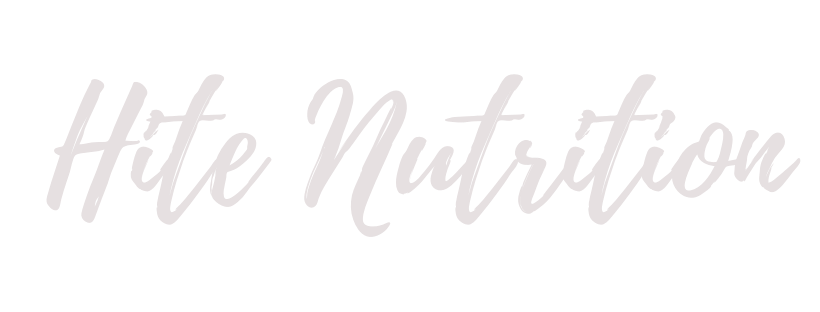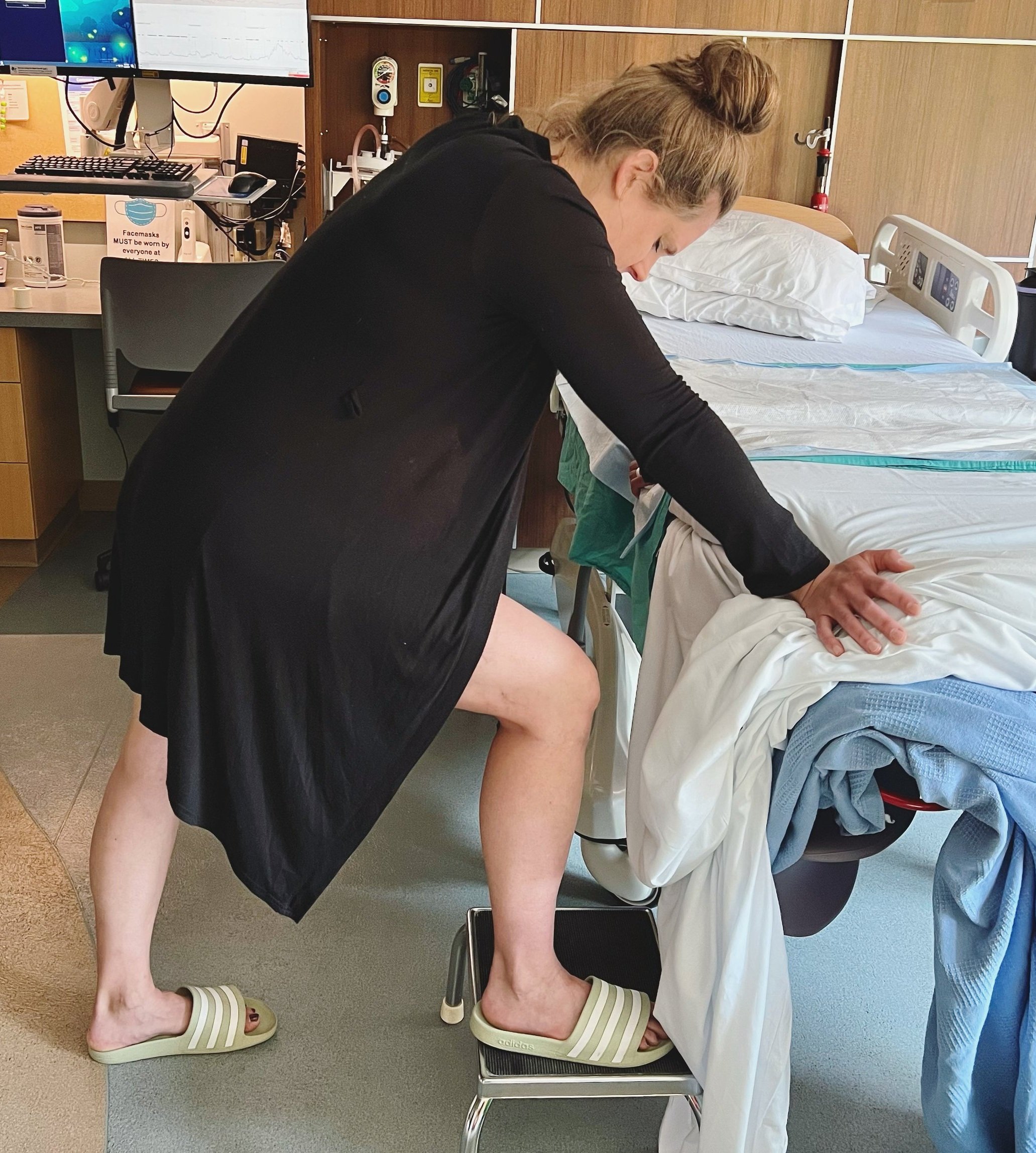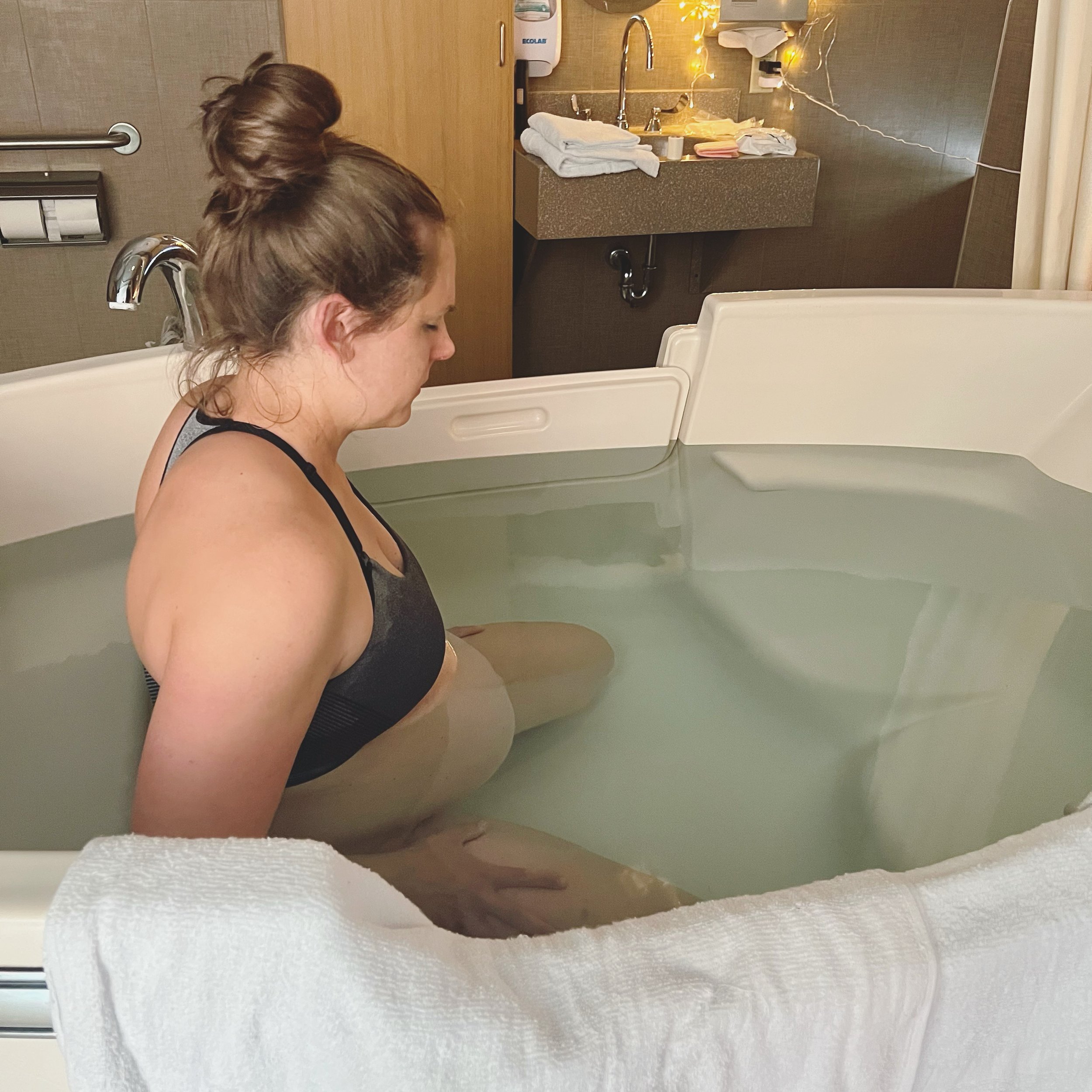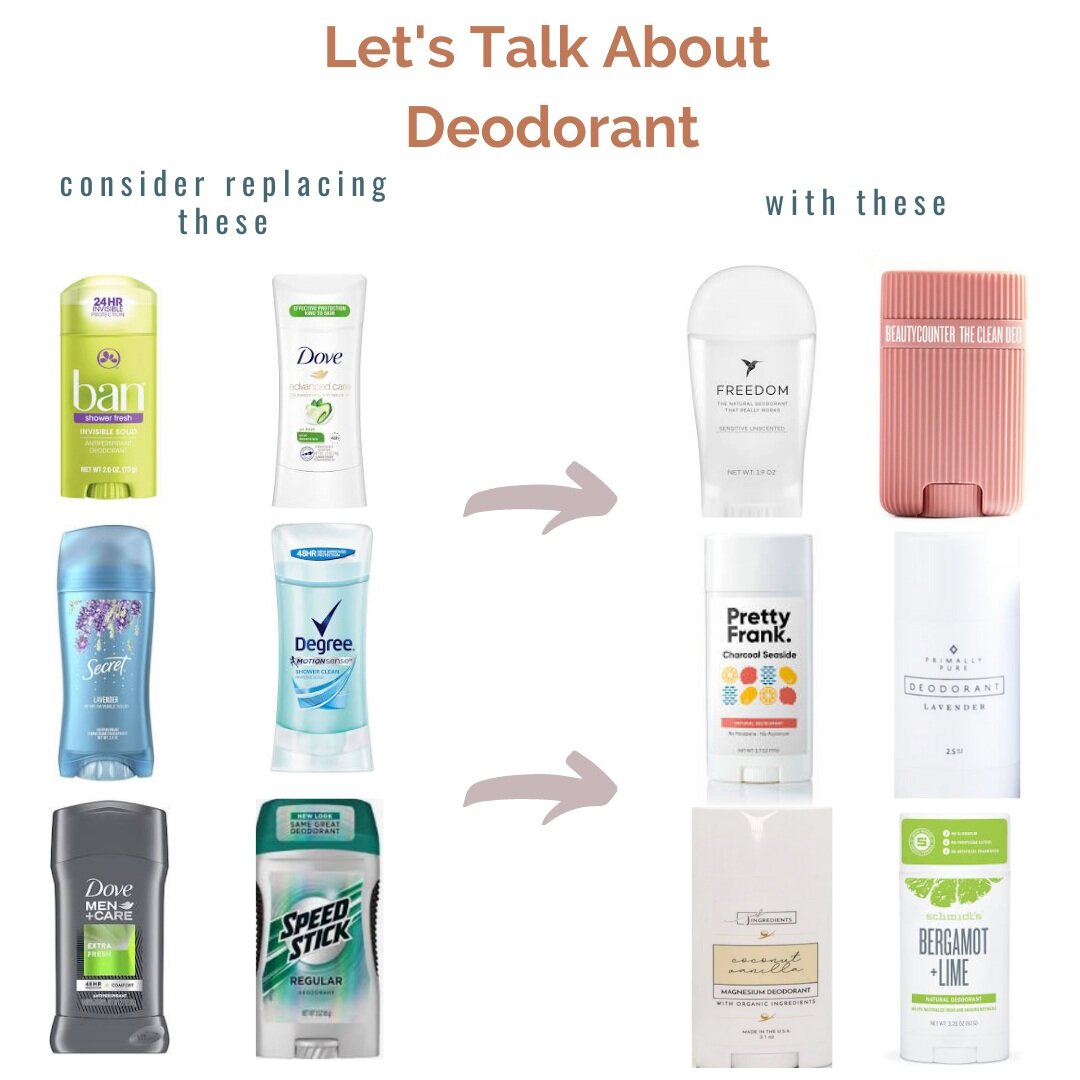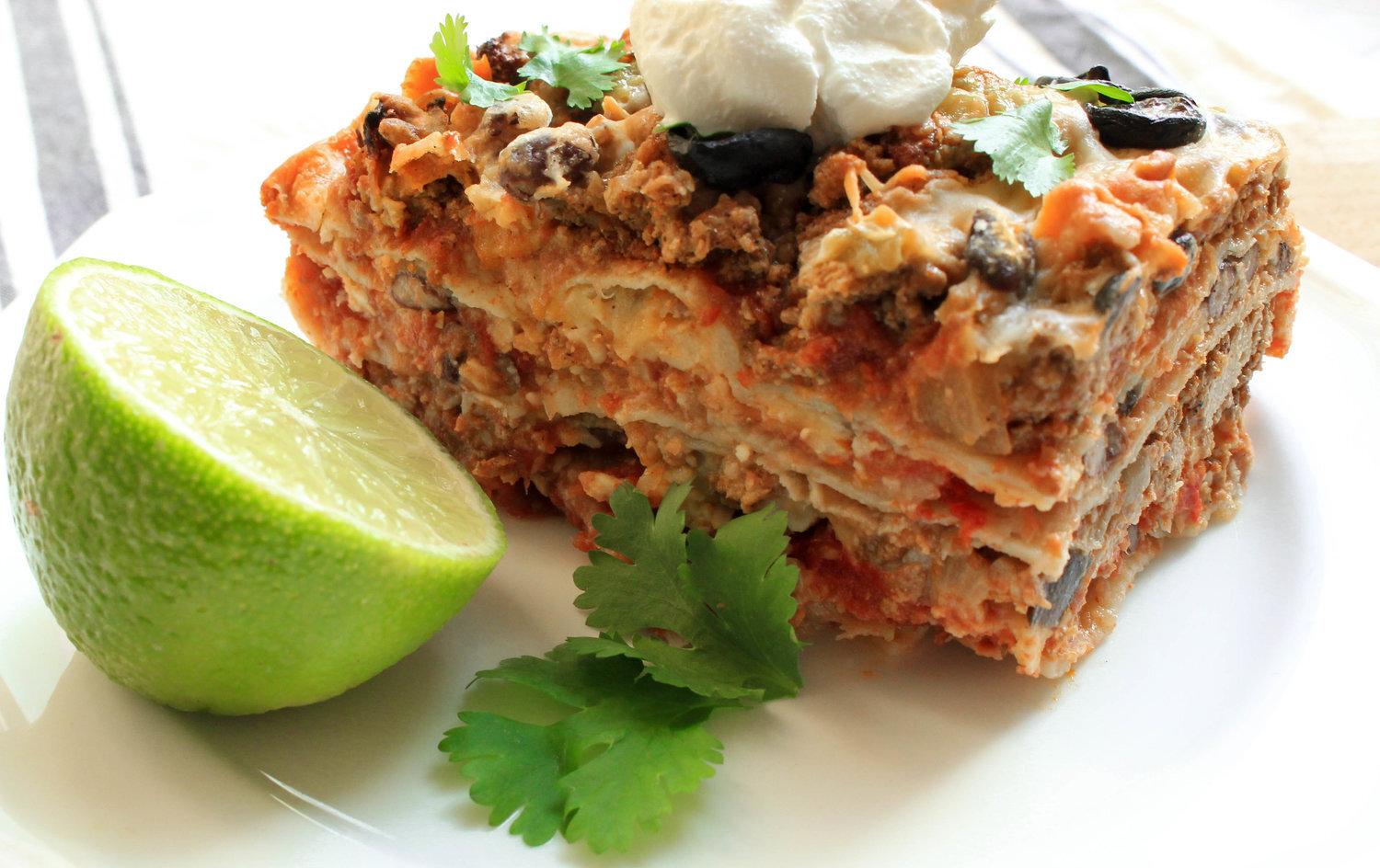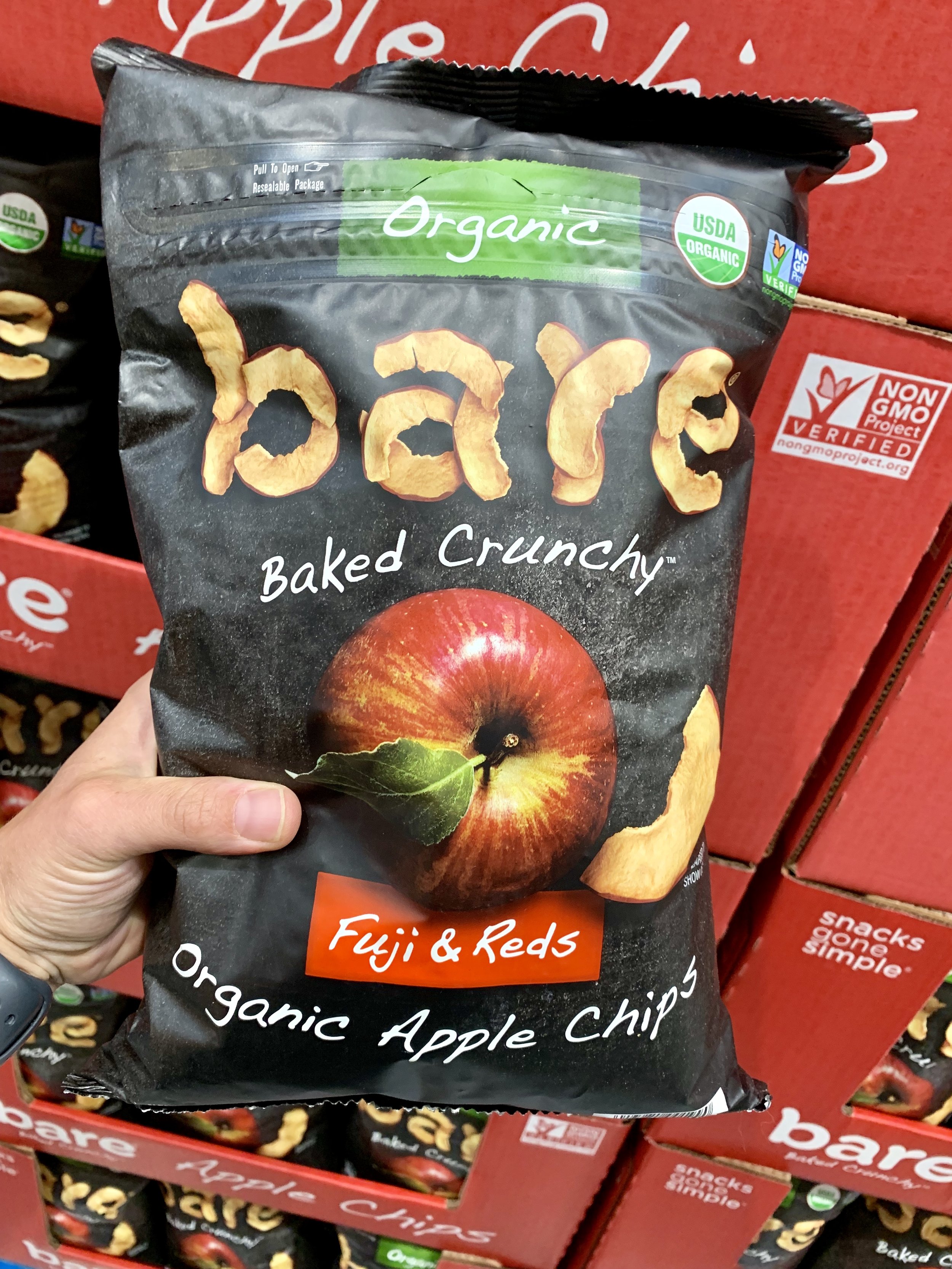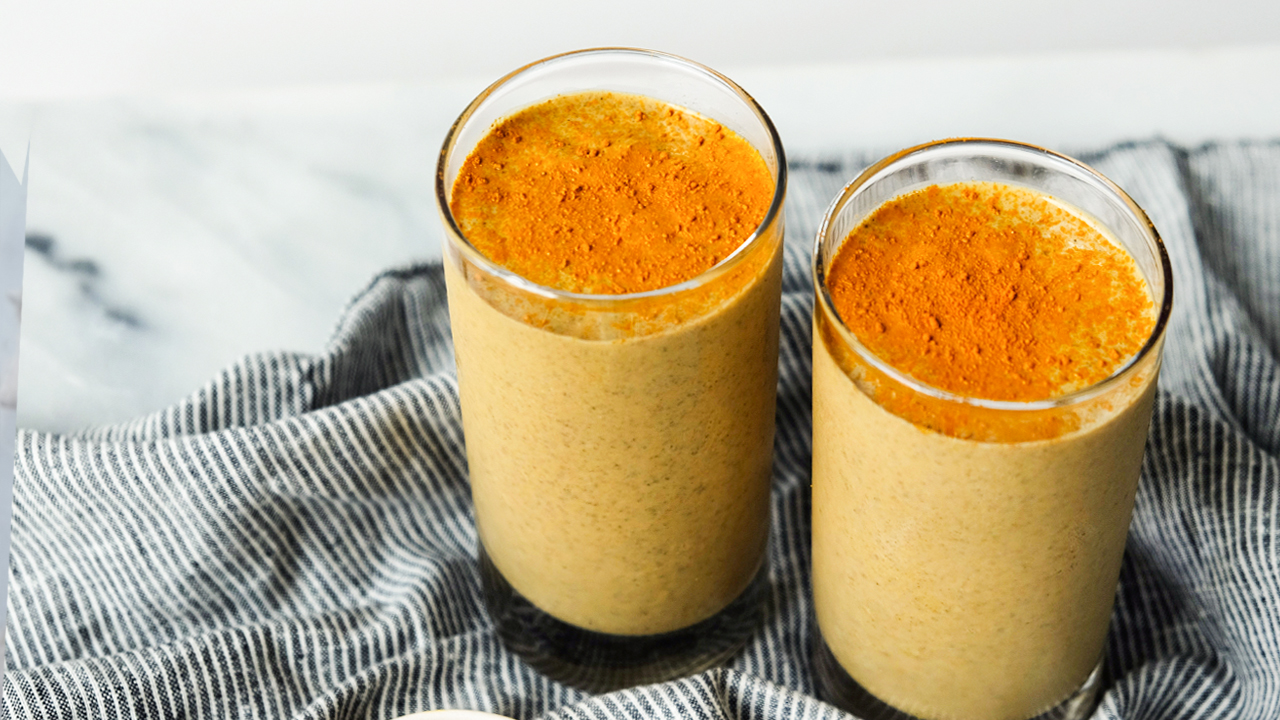I was told throughout my pregnancy that third babies are wild cards, as are their labors, and this was definitely true for me. I anticipated that my labor was either going to be very quick (like under 3 hours) or it was going to be difficult and long since my first two labors were relatively quick in comparison to some. Well it turns out that this labor was quite different from my first two and challenged me mentally. I had been having Braxton Hicks contractions for many weeks, probably since 34 weeks or so. Some days there was a lot of tightening and others not as much. I did notice the more I picked up my kids, or the more stressed I was, they were more frequent. Besides those practice contractions, there were two nights that I felt like I could have been in early labor. I had woken up, feeling very off and had a lot of cramping. I was in and out of the bathroom a few times, but come morning nothing had accumulated and I wasn’t having real contractions either day. With Raelynn I definitely had prodromal labor the three days prior to her birth so I thought maybe it was the start of that, but nope life proceeded as normal and I felt better after 24 hours both instances. Since both Elijah and Raelynn came “early”, 4 days and 6 days respectively, I was sure this third baby would come early as well. He did in fact, come early but only by 3 days.
On Friday, May 19th we had some friends over for a playdate and lunch. I was rinsing some dishes off and noticed a slight twinge followed by what felt like a bulb of warm liquid coming out of me. I thought, well surely that was my water breaking so I hurried to the bathroom and sure enough it was way more liquid than just discharge. When I sat down it kept coming out and I couldn’t stop it, which I knew was a sign that it was indeed my amniotic fluid and not urine. I told my friend what had happened and that I needed a few minutes to change. At this point, I was feeling totally normal. There was no tightening, pain of any kind, or contractions. To me, I knew something was off. Normally, your water should break during a contraction or for me the previous two labors my water didn’t break until I was pushing. I later found out that I was experiencing premature rupture of membranes (PROM): the rupture of gestational membranes prior to the onset of labor. Since I wasn’t experiencing contractions, I wasn’t super eager to call my husband, but I also knew since I was giving birth in a hospital they likely had a policy for the length of time I could labor before the baby was born due to higher chances of infection. I ended up calling him to let him know what had happened. I later found out that my midwives weren’t as strict as OBs are, but they “preferred” the baby be born within 24 hours.
My water broke at 12:10pm and the first early stages of contractions didn’t start until 1:30pm or so. The contractions were very sporadic in length and frequency throughout the afternoon. I tried tracking them on an app, but soon realized it was pointless as they weren’t consistent nor increasing in pain. We have family dinner/movie night on Friday’s and my mom usually joins us. I called her and told her to pack her bag as she’d be staying the night after the movie since I knew we’d have to go to the hospital at some point in the next 12 hours. I made a simple dinner for us and while sitting and eating I noticed the contractions were a bit more painful so that gave me hope. I decided to go upstairs and rest while the rest of the family watched the movie. I was hoping to be able to better feel the baby move and also maybe fall asleep. I did feel more movement which was good and gave me reassurance. I had called my midwives a little after my husband came home and they told me I could stay home as long as I felt comfortable with but just to monitor for movement. My midwife mentioned that I could also come in at any point if that would make me feel more comfortable; since my water had broken I wouldn’t be allowed to go back home once I was there though. Knowing this, I knew I wanted to stay home as long as possible.
I did our bedtime routine with Raelynn, which was extra special knowing things were about to change in a big way for both of us. After we got the kids to bed, I was feeling rather frustrated that my contractions were still inconsistent. This labor was really throwing me off mentally, and I was getting discouraged. I had started tracking my contractions again at dinner and they were roughly 8 minutes apart lasting for 1-1:30 minutes. But then when I was putting Raelynn to bed there were a few that were 6 and 4 minutes apart. Then they went back to 20 minutes apart for an hour! I called my midwife again around 9pm and we decided I should try to sleep. Well, of course I couldn’t sleep so after an hour or so of tossing I went downstairs to do some of the labor prep stretches/movements I had been doing for two weeks prior. I also walked a lot on our main floor to help encourage progress. I had noticed when I laid down my contractions were less frequent and weaker. In my mind, I had decided that we’d go in regardless of how I felt around 12am as that was 12 hours past my water breaking. I was eager to hear the baby’s heartbeat, but not eager to be stuck at the hospital. I called around 11:30pm and let the midwife know we would be on our way and that I’d prefer a room with a birthing tub if possible.
I got all checked into triage and the nurse was helping with all the intake information while I was lying down. This felt so off to me as with my other two labors, during the triage stage I was in very active labor and could hardly answer questions between contractions and there was no way anyone was getting me to lie down. But this time, everything was so slow. I did get up and do some squats while we waited for our room to keep things progressing if possible. The midwife checked me and I was 3 cm dilated. When we got to the hospital I told Alex that I was likely 3 or 4 cm dilated. It’s funny how you get to know your body from previous labors. I wasn’t discouraged when I heard the number, more just numb to the fact that this was sooooo different from previous labors. After a while, we were taken up to our room. Thankfully there was one with a birthing tub available. My nurse was so great and helped me laugh a bit as we got settled. The most memorable thing from about 1-4am is that I felt so out of my element. Physically I knew what I could do, and I tried lots of different positions and movements to help my contractions get stronger and/or baby in an ideal position, but mentally I was defeated and distraught. Things I did: bounced on a yoga ball, hip circles on the yoga ball, elevated lunges, squats, rocking on all fours, puppy dog pose, sitting on the toilet, and the Miles Circuit (a series of stretches you hold for a while). My midwife and nurse came in together at one point and asked what I wanted to try next. They had initially given me the option of pitocin, but knew I wanted as much of an intervention free birth as possible. My midwife was really great at respecting this and kept saying “it’s totally your choice”. I could tell my nurse thought I was a bit crazy for not just doing pitocin, but she definitely respected me and was supportive as well. Another option I inquired about was nipple stimulation. They were both familiar with this and said I would use a hospital grade pump, one nipple at a time for 10 minutes and then take a 10 minute break. This would be repeated 3 times, so it's more lengthy but I wanted to try all the natural options prior to drugs. My nurse got me all set up with the pump and reminded me of the process. So for the next 1.5 hours I sat on the yoga ball and did the nipple stimulation. I didn’t feel much different afterwards so my nurse and midwife suggested I get some rest and try to sleep. It wasn’t really what I wanted to do but I trusted their opinion and knew I had a long day ahead of me. My nurse set me up with a peanut ball and helped me get as comfy as possible (I believe this was around 3:20am). Surprisingly, I was able to node off and get some sleep. I did still feel my contractions (though not as strongly), but it was almost like a dream state and I was able to get back to sleep fairly quickly after each one. I think it was around 5:30am when I had two more intense contractions back to back that I decided to get up and use the toilet. I decided I wanted to get the show on the road and resting longer wouldn’t help that. I was back to walking and lunging when the nurses came in for shift change. While they were introducing my new nurse, I had an intense contraction. Yes!! Finally some progress. Between 7-8am I was back and forth between the toilet or leaning on the raised bed during contractions. When my new nurse came in the second time, she made a comment that I was definitely progressing and she said I was in active labor. At this point I don’t recall a lot, but things were definitely intensifying and I had to really focus on my breathing during each contraction. The nurses started filling the tub with warm water and I kept pacing and breathing. At 8:45am I got in the tub. I was most comfortable on my knees and would lean over the ledge during a contraction while holding Alex’s hand. I remember being more in control during each contraction than my previous labors, which in hindsight might have been because I had been waiting so long for them to intensify that I was welcoming them. I had a handful of contractions in the tub and at 9:15 was pushing and baby boy was born at 9:17am. We have his grand entrance on video as a nurse held a mirror in the water which is pretty cool. I do remember my midwife being so calm and telling me to slow my breathing down which was very helpful for me to center myself. After I had pushed one or two times (I can’t remember exactly), his head was out and then she told me to choose a leg to bring up and then push again when I felt I should. After the delivery, I told her that was a helpful suggestion and she told me the reasoning is that sometimes a baby’s shoulder just needs a little more room or a gentle nudge to get out and by bringing one leg up to a lunge position that creates space to do so. He literally slid out so easily as soon as I put my leg up. I got to catch him and bring him up to my chest myself which was super special. He was here and healthy and all was good! Judah and I bonded in the tub for a few minutes and I got him nursing asap.
I had asked my midwife, prior that morning, if I could birth the placenta before we cut his umbilical cord and she had agreed. I think God was watching out for me and gave me the best midwife for my wishes as she was familiar with this practice and had done it prior when she was a home birth midwife. My prior two births I bled quite a bit. Not hemmorage level but still enough that I was given IV pitocin and this time I wanted to avoid this if possible. I had done a lot of research on what I could do naturally to help prevent bleeding and I honestly think the combination of things I did, along with not cutting the cord prior to birthing the placenta, was the reason I only bled ⅓ of the amount in comparison with my first two deliveries. If you take anything away from this please know that you should and can advocate for your wishes. It first takes knowing and understanding the options, so definitely educate yourself. I can’t recommend the book Mama Natural’s pregnancy book enough. Along with Ina May’s Guide to Childbirth. And then listen to and watch as many birth stories as possible via podcasts, IG, or YouTube. The Birth Hour podcast is a great listen for all types of pregnancies/deliveries. Since I had a history of bleeding, the nurses and midwife helped me to the bed where they could better measure output. Judah continued to nurse which helped increase my oxytocin which helps the uterus contract back down and release the placenta and then tells the blood vessels to clot up. As part of my birth plan I did consent to getting the intramuscular Pitocin in my thigh, which they had administered while I was still in the tub. I felt safest doing this along with my natural remedies. The amount of Pitocin they give intramuscular is 1/10 of what I received in my IV previously. I don’t know that I talked about the afterbirth much in my other birth stories, but I want to note about it here as I don’t think it’s talked about enough. After birth, the uterus has to contract back down in size, these contractions are still painful and with subsequent births they are very intense, and I need to breath through them. In addition, the nurse has to push on and massage your uterus every 10-20 minutes to help encourage contractions and to push more blood out. This is painful and not fun! So while in bliss and lots of joy with my newborn skin to skin, I’m also gritting my teeth and deep breathing. Although, not receiving IV Pitocin postpartum the third time, was a much more pleasant experience than the first two. My midwife and nurses were so great and I have nothing but positive reviews for everyone.
